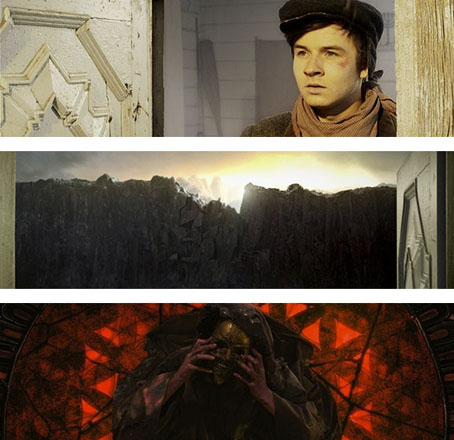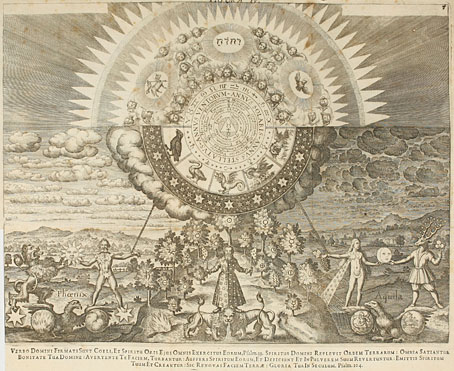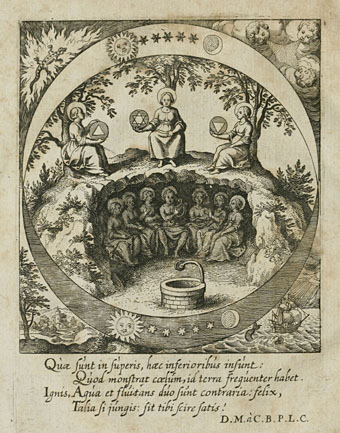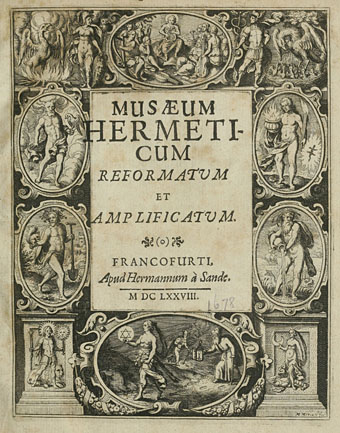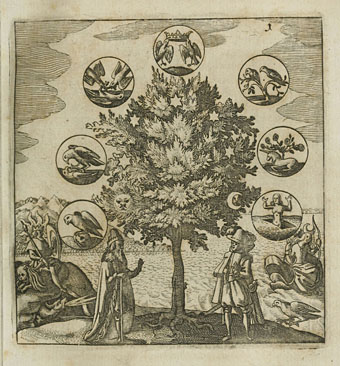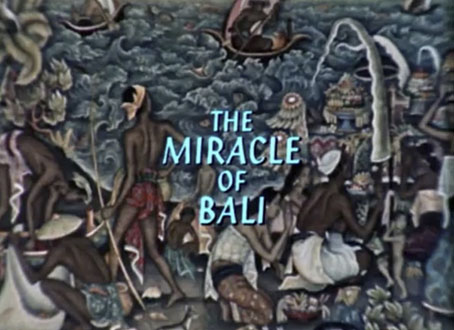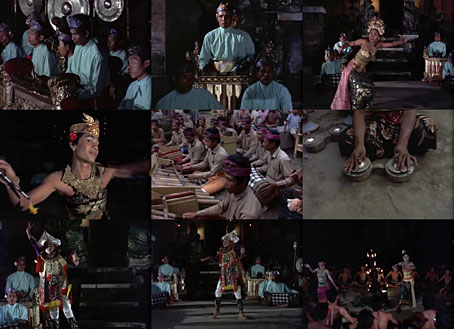
Finland’s most famous writer and female artist was a lesbian so it’s perhaps fitting that Tom of Finland is now firmly established as its most famous male artist. At one time you could have argued that Akseli Gallen-Kallela had more of an international profile but the rising visibility of gay art, and the pioneering erotica of Touko Laaksonen aka Tom of Finland, has changed all that. Tove Jansson’s Moomin characters have already appeared on a commemorative coin but later this year Tom of Finland’s beefy clones expose themselves to a wider public when they appear on postage stamps for the first time. The stamps have been designed by Timo Berry and Susanna Luoto. Even with all the recent social changes in the UK I can’t imagine anyone getting away with a stamp design featuring such a prominent pair of buttocks, however lovingly rendered. It’s also a sign of changing attitudes that many people today would be less likely to object to sight of a bare bum than they would to a picture of somebody smoking. There’s more about the stamp designs, including links to larger images, here.



Elsewhere on { feuilleton }
• The gay artists archive

